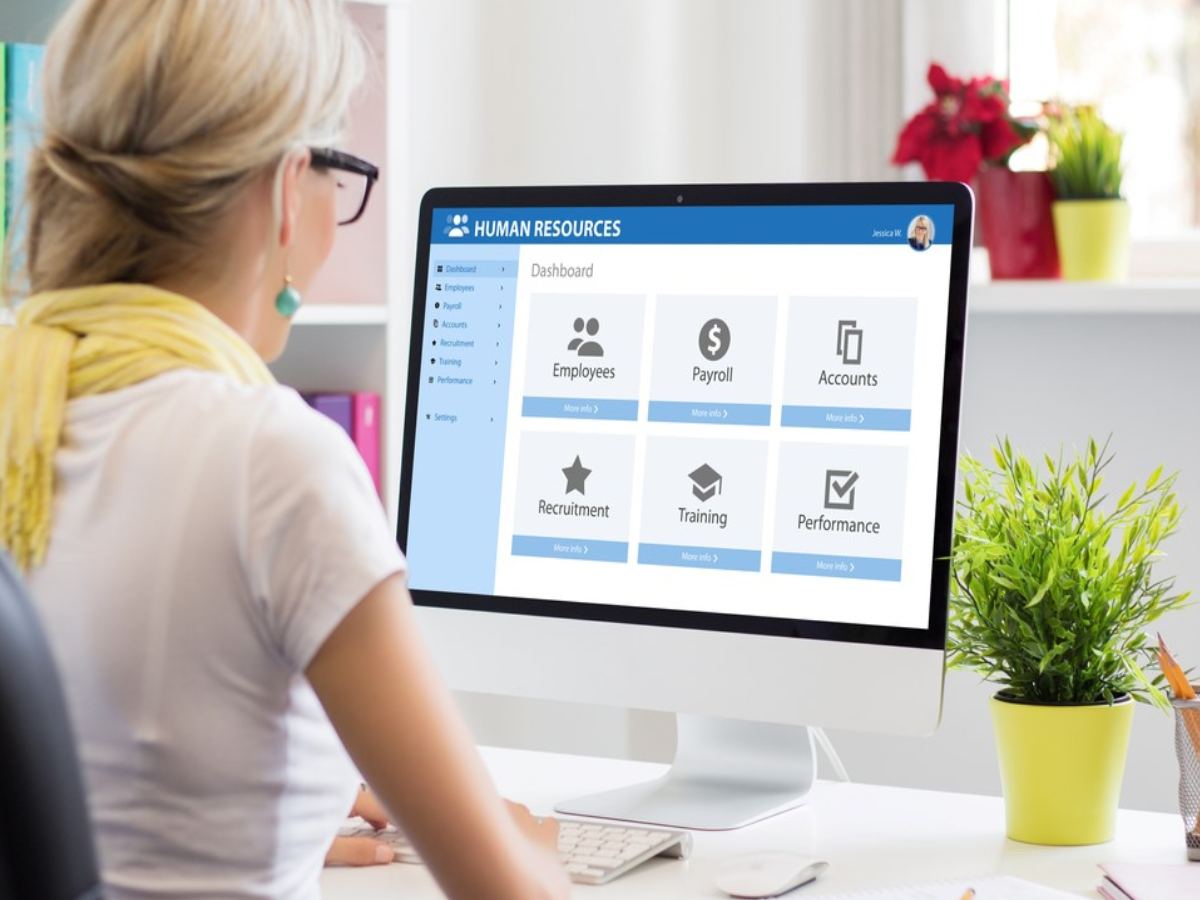The right payroll software can significantly influence your business’s operational efficiency, regulatory compliance, and even your team’s morale. However, several options are available, so selecting the perfect one for your business can seem daunting. In this guide, we’ll give you valuable tips and information on choosing the best payroll for your business’s needs.
Table of Contents
Understanding Payroll Software
Payroll software assists your business in managing your employees’ compensation. Its primary functions include calculating wages, withholding taxes, and ensuring that employees are paid accurately and on time. It’s an essential tool for any organization, helping streamline the payroll process and reduce the risk of human error.
Basic payroll solutions typically offer the essential functions needed to process payroll for small businesses, such as generating paychecks and calculating taxes. On the other hand, comprehensive payroll management systems include advanced features that cater to more complex business needs, including integrated time tracking, HR management, benefits administration, and detailed analytics.
You should also ensure compliance and accurate reporting. Tax laws and labor regulations can be complex in every country, and non-compliance can result in hefty fines and penalties. A good system will stay updated with the latest tax tables and labor laws and automatically calculate withholdings and deductions to ensure compliance.
Assessing Your Business Needs
When choosing the right payroll software, you must assess your business’s needs. Here are a few ways you can make this assessment.
Identify the Scale of Your Payroll Requirements
The size of your business plays a pivotal role in determining the type of software that will best suit your needs. Are you a small business with a handful of employees, a medium-sized business with a few hundred employees, or a large enterprise with thousands of employees spanning multiple locations? Generally, smaller businesses may find that simpler, more straightforward payroll solutions can efficiently handle their requirements, while larger businesses require comprehensive solutions to manage their complex payroll needs.
Consider Industry-Specific Requirements
You should also consider your industry and whether specific payroll features may be necessary. For example, in the retail industry, you may need software to handle hourly wages and shift differentials. In the manufacturing industry, you may require a system to manage union dues and collective bargaining agreements. For service industries, the software might need to handle tips and gratuities.
Think About Scalability and Flexibility
Your business will unlikely remain stagnant. It’ll either grow, downsize, or undergo other changes. That’s why you need payroll software to scale and adapt to your business. You may plan to expand into new markets or anticipate a significant increase in your workforce. Your software should be able to accommodate this growth. Similarly, if your business downsizes, you wouldn’t want to be stuck paying for software capacity you no longer need.

Key Features to Look For
Here are some key core and advanced features to consider.
Core Features
A system that offers these core functionalities will meet the basic needs of most businesses:
- Tax calculation and filing: Automatic calculation of federal, state, and local payroll taxes, along with electronic filing and payment capabilities, ensures compliance and reduces the risk of errors.
- Payment processing: Direct deposit and physical check options cater to different employee preferences and requirements, ensuring everyone gets paid on time and in their preferred manner.
- Recordkeeping: Secure storage and easy retrieval of payroll records, including pay stubs, tax forms, and reports, are essential for compliance and reference.
Advanced Features
Beyond the basics, several advanced features can significantly enhance the functionality of your software:
- Integration capabilities: Integrating with other business systems, such as HR management and accounting software, allows for a more streamlined and efficient workflow, reducing manual data entry and the potential for errors.
- Employee self-service portals: Giving employees access to a portal where they can view their pay stubs, tax forms, and leave balances, as well as update their personal information, empowers them and reduces the administrative burden on your payroll team.
- Automated benefits management: Handling benefits such as health insurance, retirement plans, and paid time off through the payroll system simplifies administration and ensures accurate deductions and records.
- Customization options: The ability to customize reports, dashboards, and even the payroll process itself means that the software can grow and adapt to your business, providing long-term value and efficiency.

Evaluating Cost vs. Value
Navigating the pricing landscape of payroll software requires a keen understanding of the upfront costs and the long-term value different solutions can offer your business.
Pricing Models
Pricing can vary significantly depending on the provider and the range of features offered. Common models include:
- Subscription-based: This model charges a monthly or yearly fee, providing ongoing access to the software. Prices may vary based on the number of employees or the inclusion of advanced features.
- Per-employee/per-pay-period: Some providers charge based on the number of employees or the frequency of payroll runs. This can be cost-effective for small businesses but may become expensive as your workforce grows.
- One-time purchase: This model involves a single upfront payment for the software license. While it may appear cost-effective initially, it might lack ongoing support, updates, and scalability.
Additional Costs
Beyond the base price, several extra costs can impact the total cost of ownership.
- Set-up fees: Some providers charge an initial fee for setting up the payroll system, which can vary widely.
- Updates: While many subscription-based services include updates as part of the package, one-time purchases may require additional payments for major updates or new versions.
- Additional modules: If your business needs to extend beyond basic payroll processing, additional features such as HR management, time tracking, or benefits administration may incur extra costs.
Determining Return on Investment (ROI)
Evaluating the ROI involves more than just comparing costs. Consider how the software can improve efficiency, ensure compliance, and enhance employee satisfaction. To accurately assess ROI, quantify these benefits in terms of time and money saved and weigh them against the total cost of the software over a realistic period, typically several years.
Conclusion
Selecting the right software is a pivotal decision for any business. It lays the groundwork for efficient payroll management, compliance with tax and labor laws, and the overall satisfaction of your workforce. Take the time to thoroughly evaluate potential options, considering their features, cost, and ability to meet your business needs.

